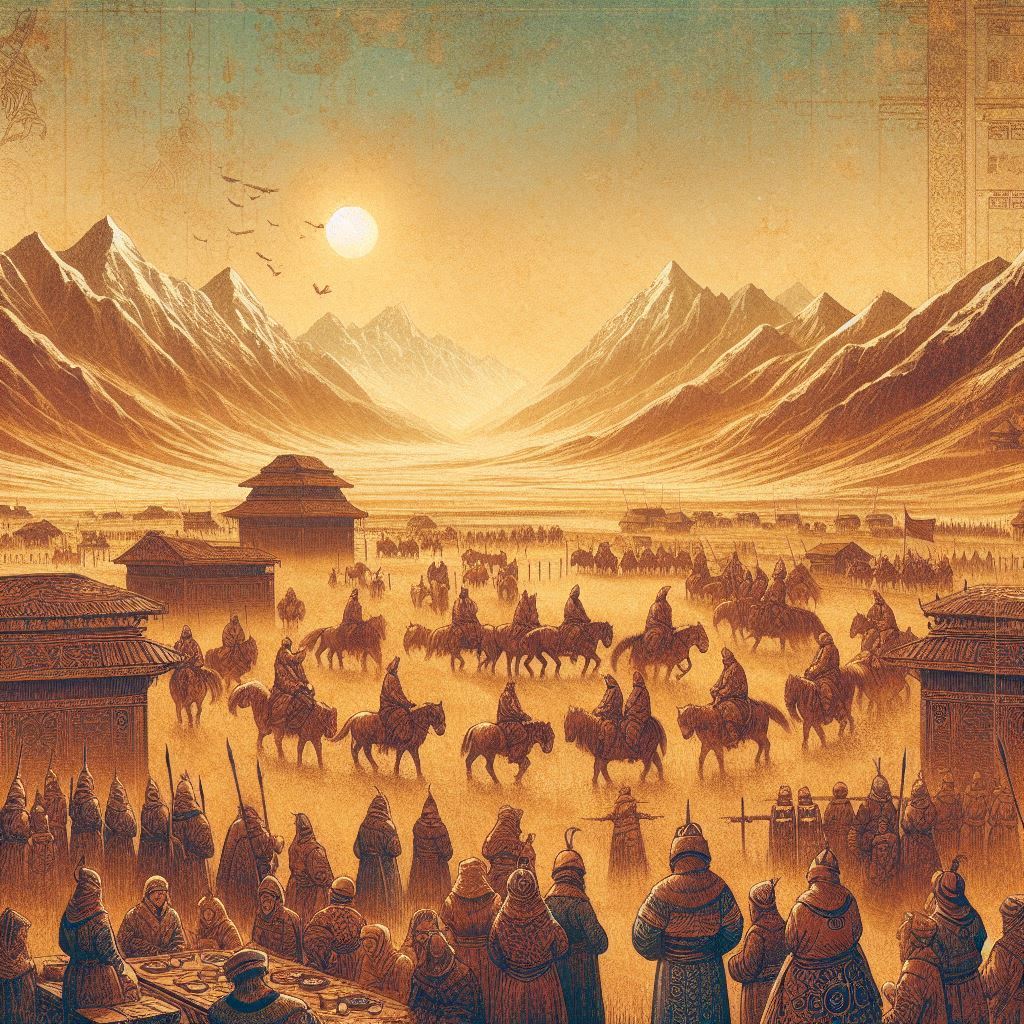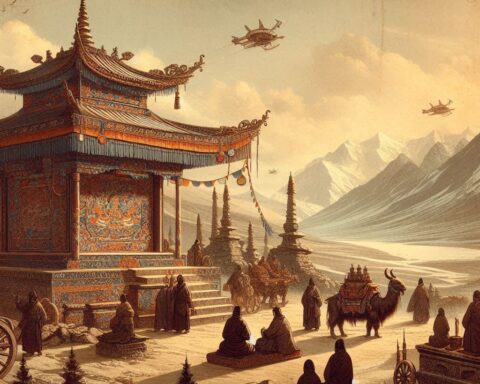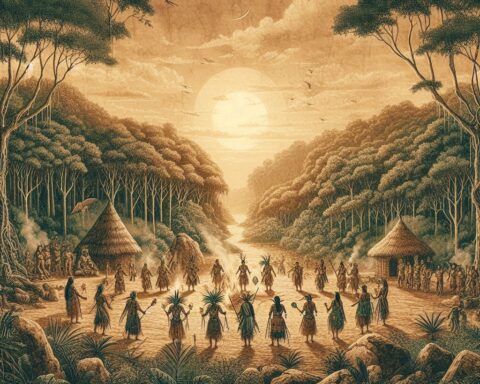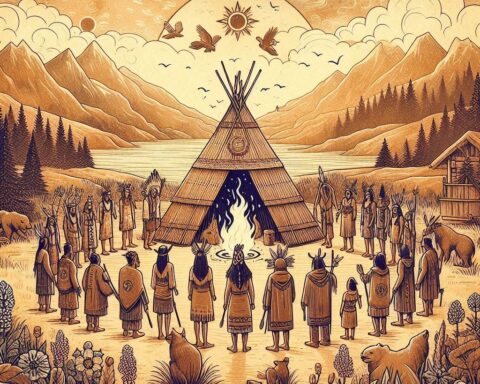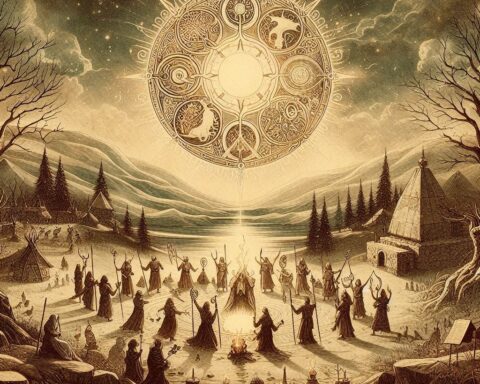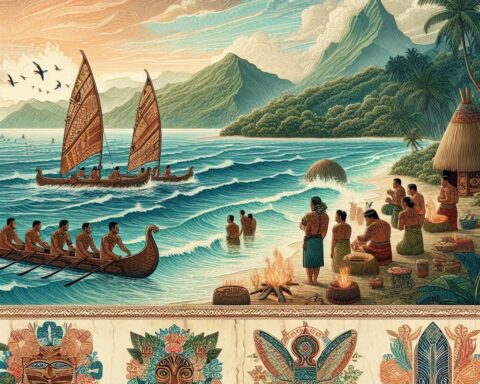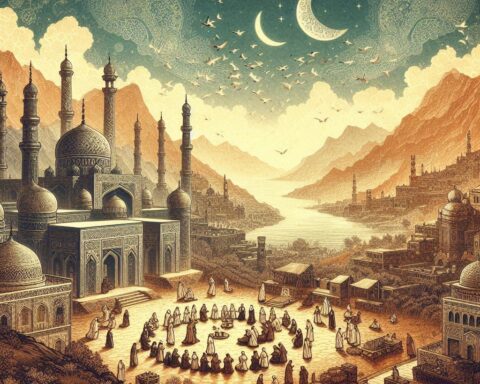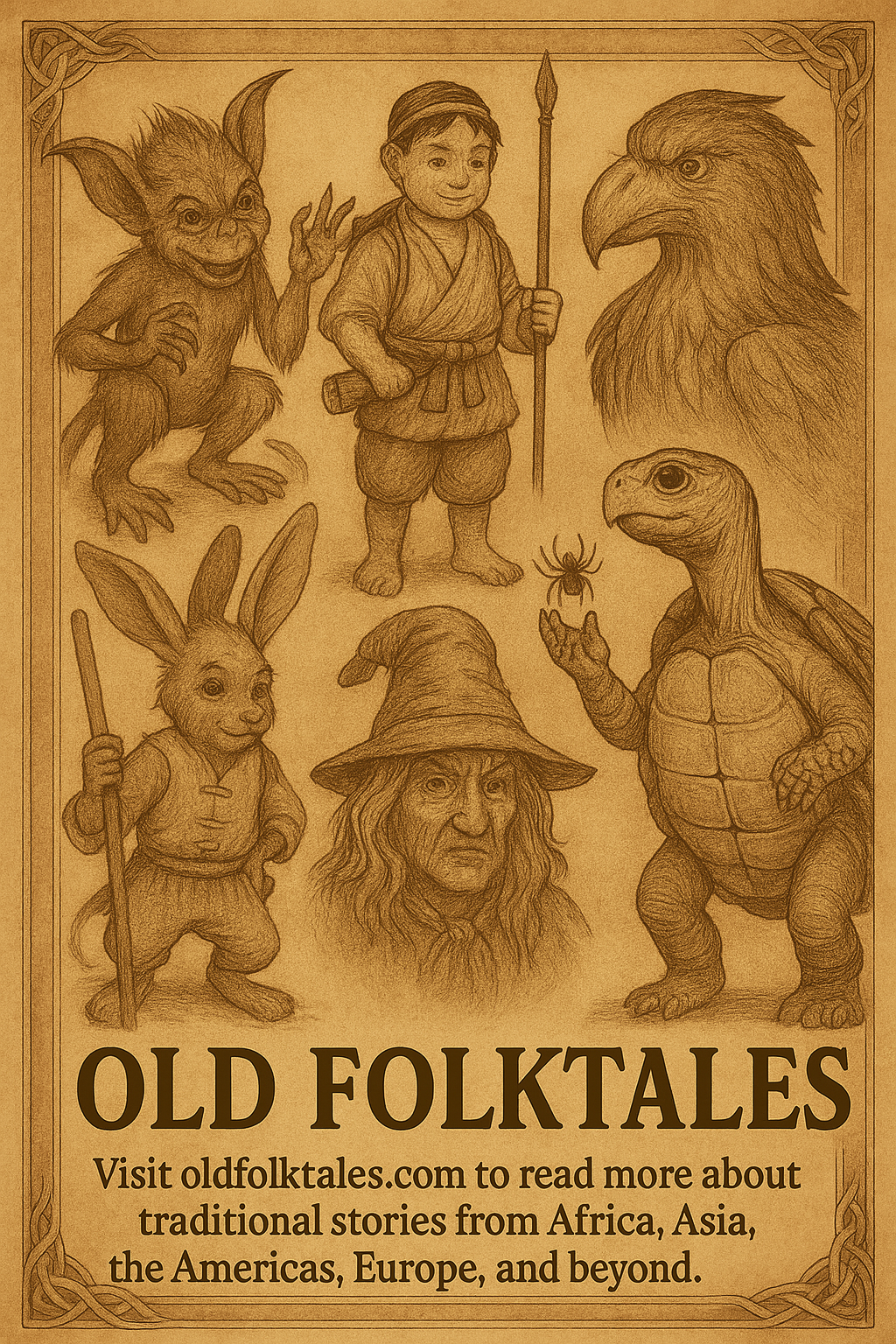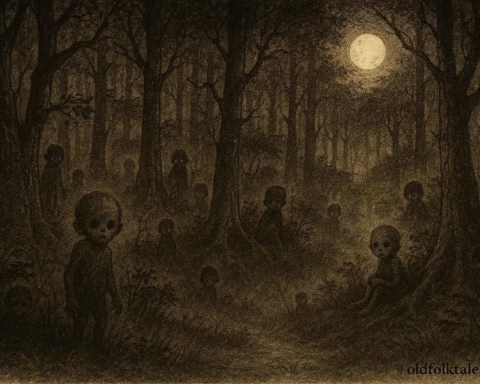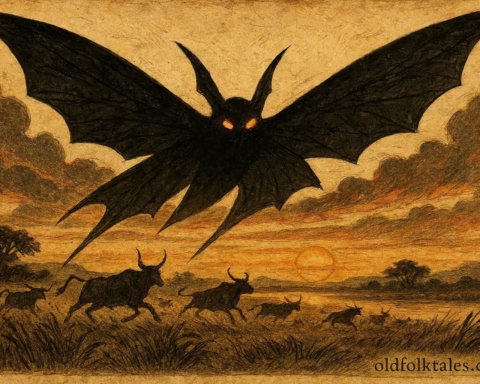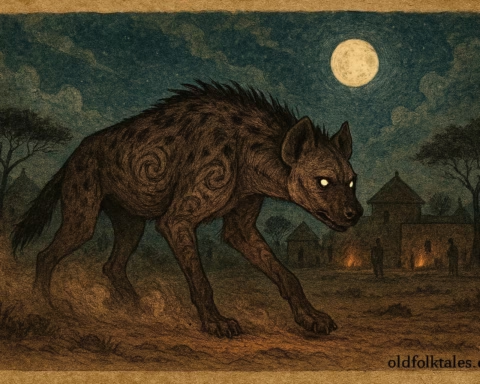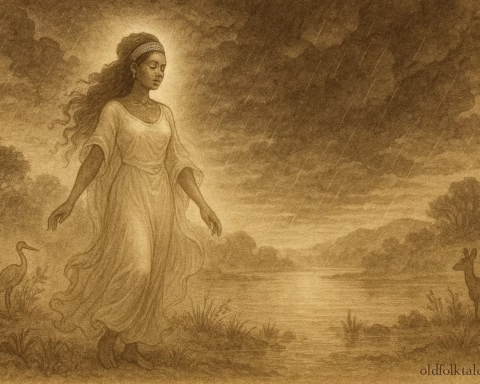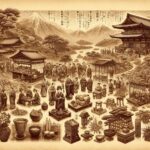On the open steppe the wind remembers every hoofbeat. Horses are not tools in Mongolia, they are kin, weather-readers, and carriers of the past. For a people whose map is measured in grass and sky, blessing a horse is both gratitude and insurance: ritual that threads family, shaman, and nation into a single braid. Below are six distinct horse-blessing ceremonies from Mongolian life, each with an origin story, a short moral, and a glimpse of how the ritual keeps the world steady.
1. The Naadam Racing Blessing: public pride and speed
Before the great cross-country races of Naadam, horses are anointed, fed, and serenaded. Riders sing a traditional gingo song; elders sprinkle mare’s milk or airag on the mane or along the horse’s back as a purification and good-luck act. Naadam’s horse races are long, cross-country tests of endurance rather than sprints, and winning horses are often honored with blue khata scarves and communal praise. This public blessing grew from military training and communal festivals that solidified into Naadam across centuries.
2. The Home Herding Oboo Rite: landscape and protection
Every herding camp keeps an ovoo (a cairn of rocks and branches) on a nearby hill. When new colts are born or a herd passes a threshold, families circle the ovoo, tie a khadag (silk scarf), and offer a splash of mare’s milk or a clipping of mane. This is less a race blessing than a land-and-herd plea: keep predators away, let the mares calve gently, let the grass return. The ovoo ceremony stitches animal, family, and mountain into reciprocal obligation.
3. The Shaman’s Flight: spiritual passage and sacrifice
In more ancient practices, shamans performed rites where a sacrificed horse, or symbolic offerings shaped like one, helped transport a spirit to heaven. In remote Altai regions, accounts record horse burials and dried horse corpses hung as powerful signals to the spirit world. Though literal sacrifices are rare today and often controversial, the memory of horses as psychopomps (soul-carriers) survives in prayers and shamanic invocations.
4. The Mare-Milk Anointment: purification through airag
Mare’s milk (airag) appears again and again in Mongolian ritual: to toast winners, to consecrate marriage rites, and to cleanse envoys or riders before important tasks. Sprinkling mare’s milk on the ground or over a horse has roots in the Secret History of the Mongols and long-standing pastoral practice. The milk is both food and sacrament, a liquid hinge between daily life and spiritual protection.
5. The Naming and First Ride: rite of passage
When a foal matures, a family holds a naming ritual and the youngster’s first short ride may be accompanied by offerings and communal tasting of airag. This ceremony binds the animal into the household ledger: its name enters the family songbook; its speed and temperament are noted in stories that future riders will recite. It’s a small public ledger of memory: each name keeps lineage alive across seasons. (This practice varies by region and clan.)
6. The Victory Return: gratitude after survival
After a hard winter or a long journey, returning horses are led before elders and neighbors who sing, offer milk or meat, and bind blessings into their manes. This less formal ritual is a public accounting of risk: a way to say aloud, “We arrived; the herd survived.” In modern Naadam towns, the race winner’s return follows the same logic on a civic scale: public recognition anchors private labor into communal story.
A Short History in a Sentence
From the shamanic altars of the mountains to the stadiums of Ulaanbaatar, horse blessings evolved to meet need: survival, honor, training for war, and festive identity. Naadam crystallized many older practices into a national pageant of horsemanship, archery, and wrestling, but the quieter rites, at ovoos, in yurts, and behind closed herding gates, keep most of the living memory.
Knowledge Check
Q: What is the most famous Mongolian festival where horses are blessed?
A: Naadam, the national festival of wrestling, horse racing, and archery.
Q: What traditional drink is often used to bless Mongolian horses?
A: Mare’s milk, called airag, is commonly sprinkled or offered in blessing rituals.
Q: What is an ovoo and how does it relate to horse blessings?
A: An ovoo is a sacred cairn; herders circle it, tie scarves, and offer milk for protection of herd and land.
Q: Are jockeys in Mongolian horse races adults or children?
A: Many Naadam jockeys are children (often between 5 and 13), races test the horse’s strength more than the rider’s.
Q: Why might a shaman perform a horse sacrifice in Mongolia?
A: Historically, sacrifices were thought to help shamans travel spiritually or to propitiate powerful forces; such practices are now rare and regionally specific.
Q: What symbolic item is often placed on winning horses at Naadam?
A: A blue khata (silk scarf) is used to honor winning horses and riders.
